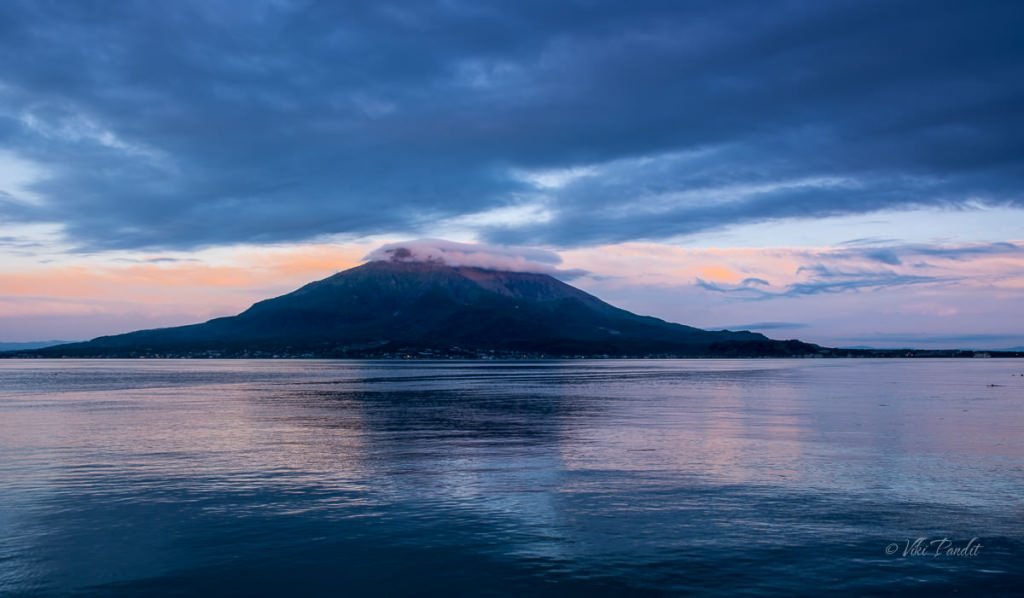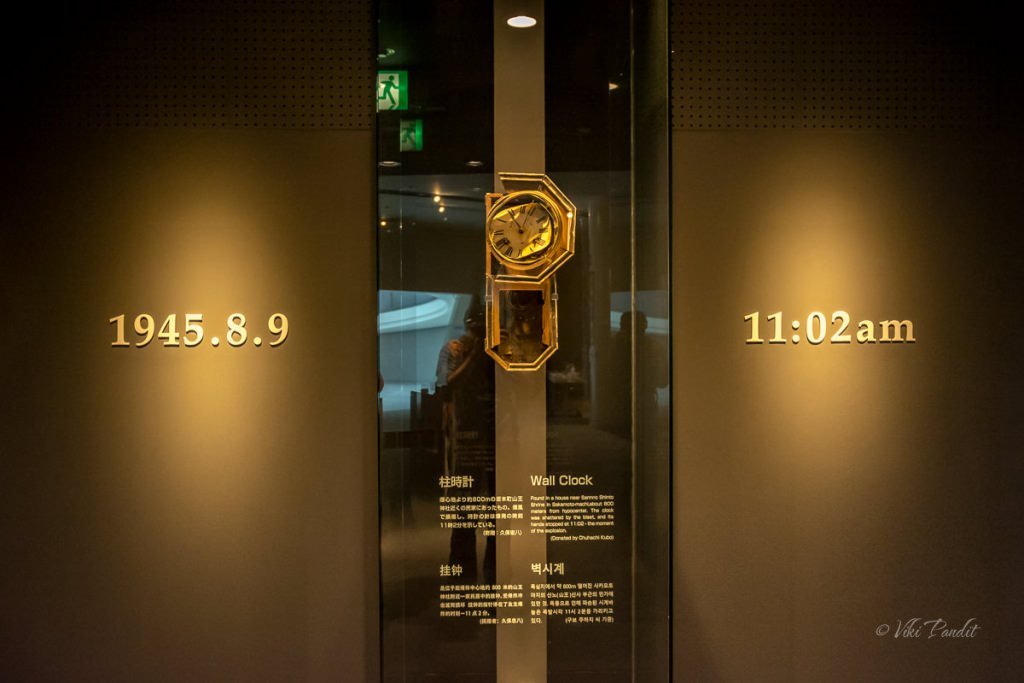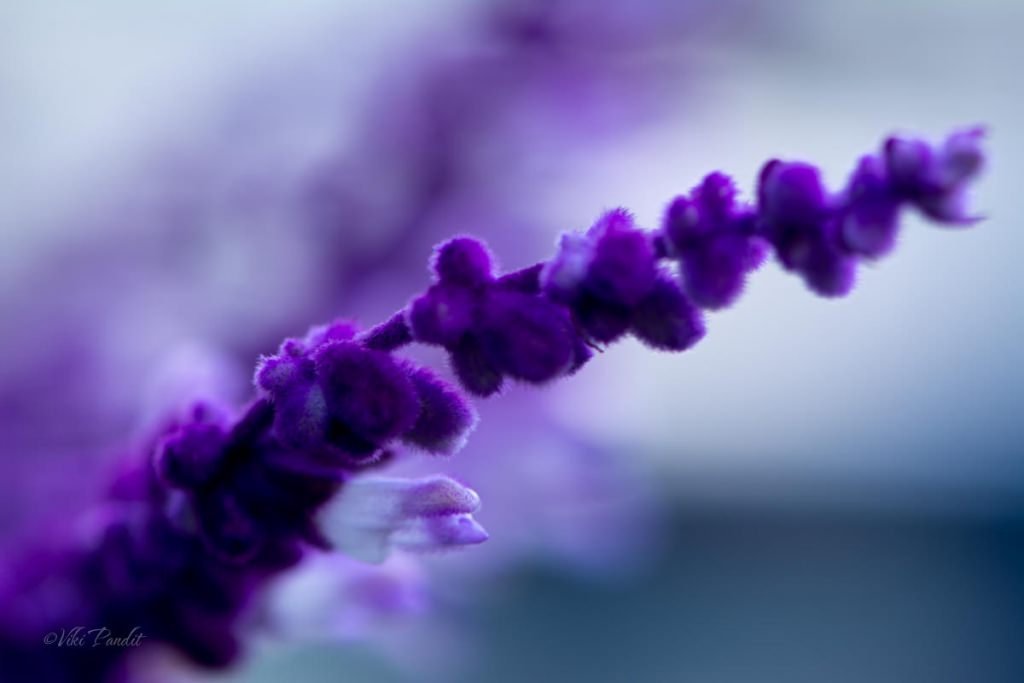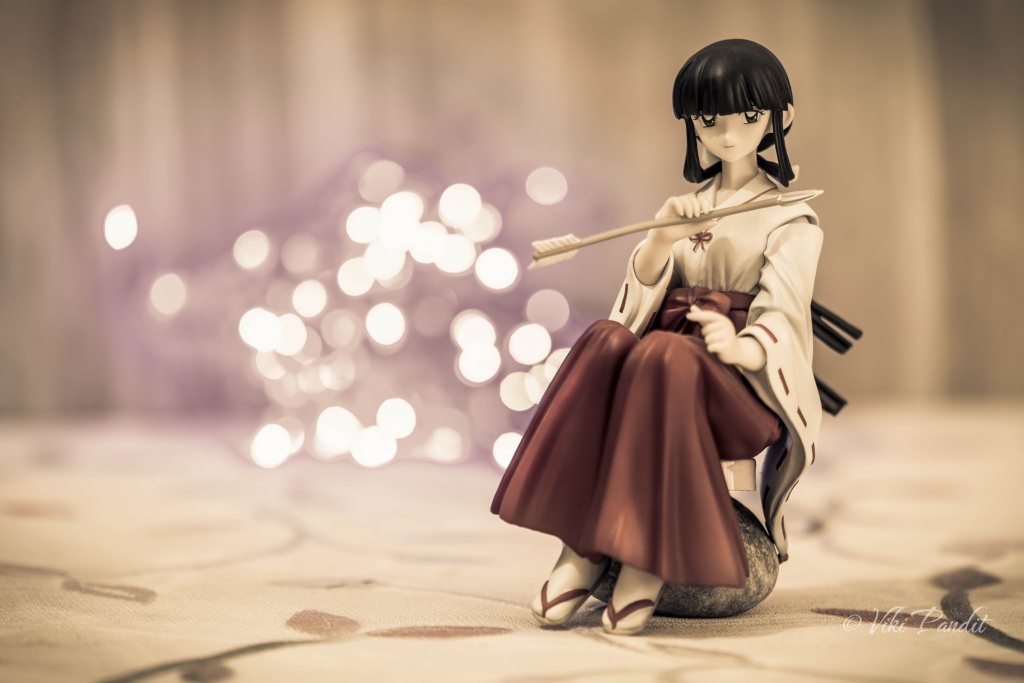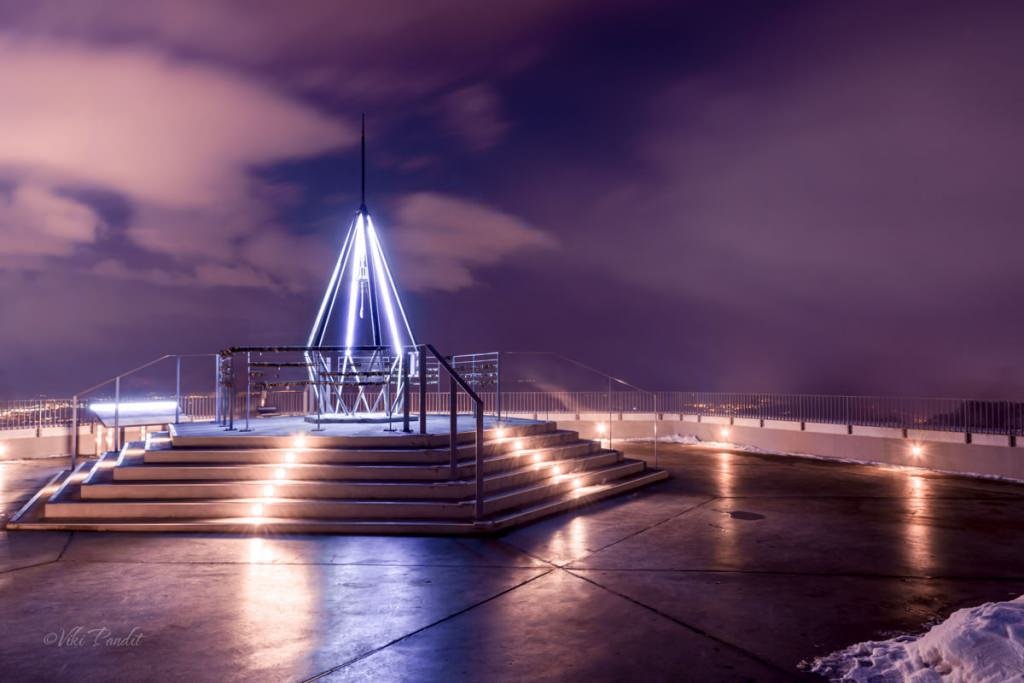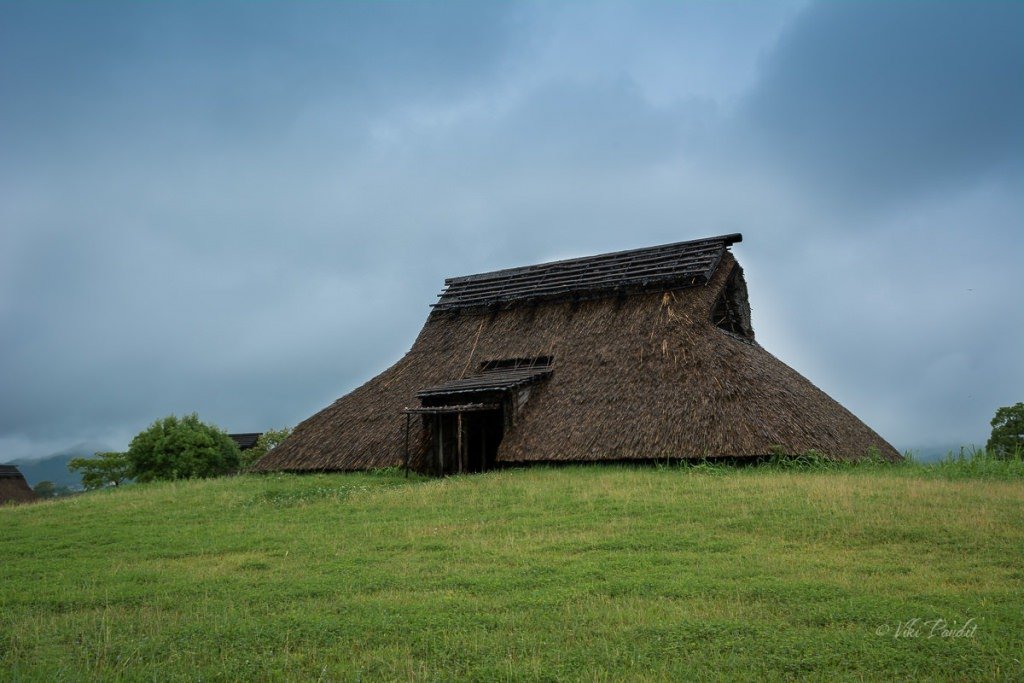
The ancient Yoshinogari village
Today we went to explore the Yoshinogari ruins, that spreads throughout the Kanzaki area of Saga Prefecture. It is one of the largest historical site in Japan, reminiscent of Yamatai Kingdom from the Yayoi Era between 300 BC to 300 AD. The moated village marks the first shift from a nomadic lifestyle to permanent settlements.
